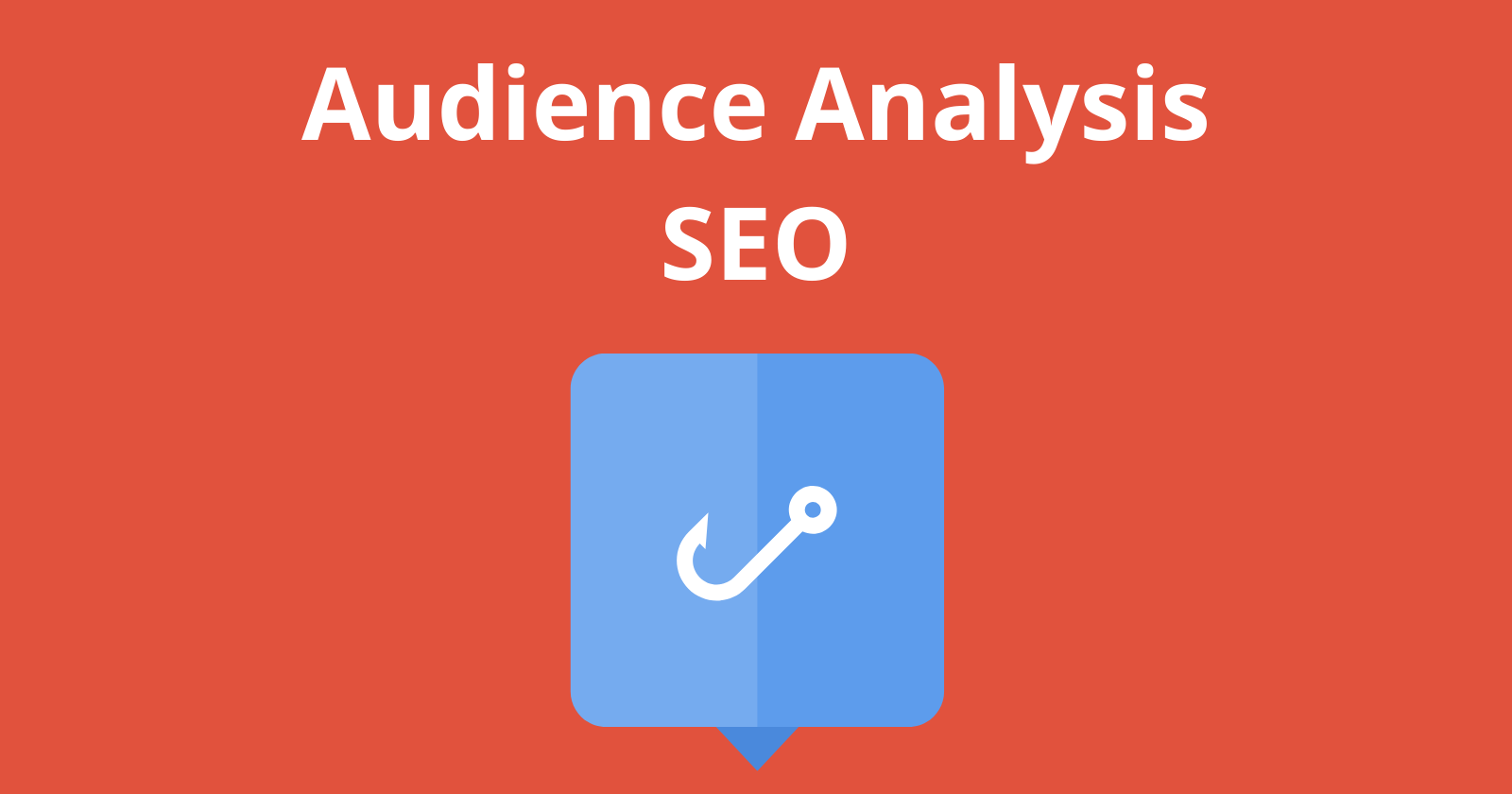Why an Audience Analysis Is Necessary to SEO

A common search engine optimization (SEO) oversight is skipping the audience analysis.
After all, isn’t a competitor analysis sufficient in keyword discovery?
To answer this question, we will look at a story from a B2B services company.
During 2015 – 2016 they were making 2.3 million annually. In the years, to follow they lost nearly 30% of their overall income.
They brainstormed with team members to think about what changed internally. What were they doing in 2015 that they were not doing in 2018?
Across the board the answer was: content.
During the heyday years of 2015 – 2016 they were churning out tons of great content!
So, they began again, writing a ton of content.
Despite the team’s best efforts traffic continued to decrease. The new content failed to increase the quantity or quality of leads through the organic channel.
How do you right the ship and increase leads?
Go back to the building blocks of marketing and advertising:
The objective of any brand is to attain the No. 1 position in the mind of the consumer.
An audience analysis is necessary for proper search engine optimization because when you tell the consumer what they need to hear, from the sources they need to hear it, you become the authority.
And, you find the golden touchpoints by combining an audience analysis with keyword research.
How an Audience Analysis Builds Winning Content
By conducting an audience analysis and combining this with search data you will discover:
The most valuable piece of information you gain is knowing what questions a prospect is searching for organically.
During the B2B service company’s analysis we were able to identify 4 “pillar topics” that were true to their brand and targeted their ideal client.
These 4 pillar topics were tested with Ads in order to gather the current keyword volume and conversion rates.
Armed with real-time data, their marketing team now has a really good base to build from.
The content is strategic and intentional.
They know exactly what to do to increase sales.
Is a Competitor Analysis Sufficient?
Had this B2B services company only done a competitor analysis, they would have missed out on 3 of the 4 pillar topics.
And likely the 4th topic would have been ruled out or put off because of its seemingly low (historical) search volume.
None of their main competitors are targeting these terms!
At this point in the conversation they will control the narrative.
During the Google Ads test we saw site visitors engaging with the website more so than any other page. Even those who entered through the home page.
By relying solely on a competitor analysis you are banking on the hope:
Hope is not an SEO strategy!
Audience Research Process to Generate Leads Organically
Casting a broad net out in the direction everyone else is will naturally catch some fish.
But finding a hungry pond with the right hook?
That’s where the real money is.
Here’s how to do it.
1. Use a Survey Tool
2. Offer an Incentive for Current Clients
3. Offer an Increased Incentive for Lost Prospects
4. Listen to Sales Calls
5. Review Your Best Contracts
6. Reverse engineer Google Analytics + Search Console
7. Review Google Ads Data
8. Conduct a Competitor Analysis
9. Find Organic Click-Through Rates
10. Test with Ads
11. Define Pillar Topics
12. Analyze SERP per Location
The best thing about the SEO audience analysis process is you can know within one month if your marketing strategy will work rather than rolling out an entire campaign and waiting 12 months only to learn it did not increase sales.
An Audience Analysis Is Necessary to SEO!
A competitor analysis and historical keyword volume simply isn’t enough.
A basic keyword data dump provides a decent idea of what to write about in relation to what the general population is searching online.
There is a unique reason your customers chose you and not your competitor.
This means there are specific questions they’re asking that you can solve in a unique way.
Remember:
Featured Image: Created by author, March 2020
This Post was originally published on www.searchenginejournal.com